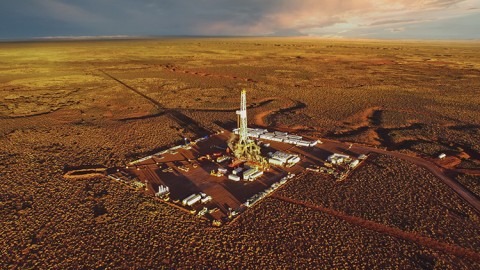To begin with, it is a well-known fact that women are notably underrepresented in the majority of the oil industry. A male-dominated sector is one in which women make up fewer than a quarter of the employment environment. Oil, gas, and mining are examples of extractive industries that typically fit these criteria. Women continue to be underrepresented in these fields generally, particularly in senior positions.
General Overview
Firstly, the lack of suitable individuals, family care obligations, gender-based discrimination within the sector, and social conditioning were some of the most often mentioned difficulties by respondents. In addition to developing formal measures to increase female participation, executives aiming to reduce gender imbalance inside their oil and gas firms may want to think about providing flexible working hours, childcare benefits, mentorship opportunities, and pay transparency.
While more women get advanced degrees in engineering and other technical fields, there is a significant opportunity to tap into the growing pool of female candidates who have the necessary requirements. Conventional justifications for a male-dominated industry that depended on stereotypical thinking are getting more and more outmoded as the sector becomes increasingly computerized and less dependent on intensive manual work.
Moreover, although roughly half of all Egyptians are women, approximately 21% of the labor force is made up of women. In order to encourage economic success in Egypt, it is crucial to empower women and include them as potential contributors to the industry. The International Monetary Fund (IMF) estimates that increasing female labor force participation to male levels and providing equal chances for economic success will boost GDP by about 34%.
Addressing the Situation
Furthermore, according to research, businesses with greater female representation are more efficient than those with less variety. Let’s say you wish to hire more women for your available offshore oil and gas positions. In such a situation, it’s imperative to offer a secure workplace, a flexible schedule, benefits, the chance for promotion, and a balance between work and personal life. As males have historically controlled the offshore business, changing this fact will need open communication, training, and a strong willingness to make changes.
A logical entry point into the oil and gas business has been made possible by the rise in young women pursuing STEM fields such as math, science, and engineering. There are now fewer women in managerial, safety, and technical jobs in offshore oil and gas operations than there are in on-land professions. As a result, it is more difficult to fill unfilled offshore positions with women because there is less support, sleeping space, and a backup employee to assist cover schedules. As suggested by a Renewable Energy and Energy Efficiency Specialist, “[Women] are more likely to take opportunities that are less comfortable and have more challenges just to get a chance to work in a male-dominated industry and make a point. I think this by itself encourages more women to work in such fields and eventually will accommodate to the needs of women.”
If businesses are taking the initiative in ensuring that women in offshore occupations are employed, advanced, and paid appropriately, these obstacles may be overcome. Businesses must confront discrimination against female employees, give rigorous safety training, establish mentorship programs, allow flexible work schedules, and define clear criteria for their offshore positions.
Supporting strong female role models in management, administration, and other roles may also be a game-changer in creating an offshore environment that is more gender-balanced. As we promote the inclusion of more women in oil and gas professions, it’s essential to dispel common misunderstandings about the sector. Thus, it is crucial to aid female business owners to grow their enterprises and boost productivity. Training, business incubators, employment fairs, and company-to-business networking events are used to achieve this.
Next Steps
Some oil and gas companies have established diversity objectives for their hiring teams as well as internal support networks. The AXIS Promise, which has been signed by organizations including BP, Shell, Spirit Energy, Expro, and Worley, calls for businesses operating in the energy industry to comprehend the root causes of their gender imbalance and take proactive measures to reduce it.
By investing in programs for young people, especially girls, in the fields of science, technology, engineering, and mathematics, businesses may also take a proactive approach to future-proofing their talent pipeline. More women may enter and advance in the oil and gas industries with the help of apprenticeships, mentorship, and training programs, but managers must also provide high-performing women the opportunities they need to advance in their careers.
Beyond everything, a fundamental transformation in mindset is necessary to address the dearth of diversification in the oil, gas, and energy industries and to motivate more women to pursue jobs in this field.








